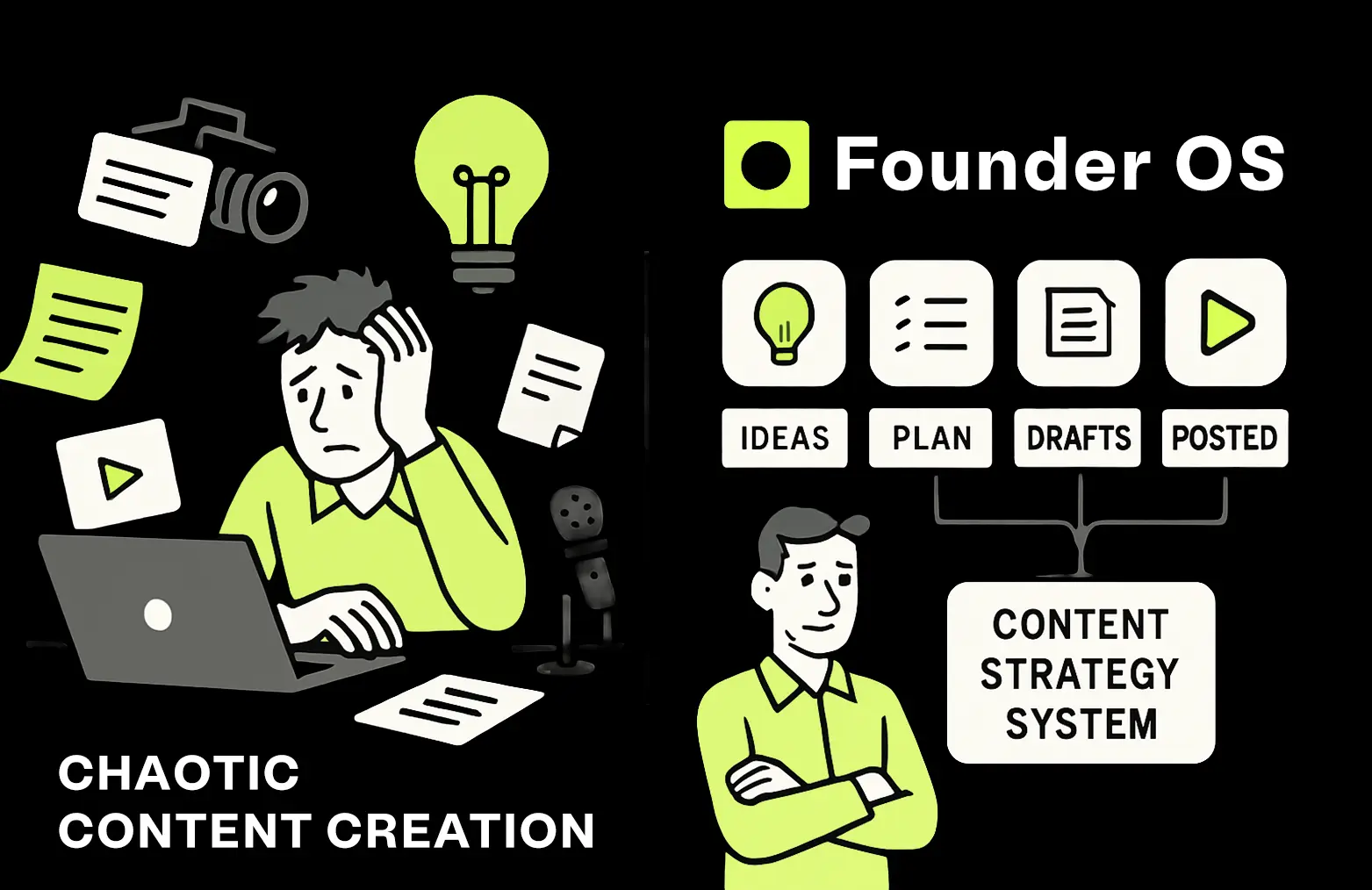Step 1: Decide on Your Amazon Business Model
The first step is deciding how you’ll get products to sell on Amazon. There are a few different ways, called “business models.” Here’s a quick look at the most popular options:
- Private Label: You design and create your own unique products. You put your brand name on them. This takes some work, but it can be very profitable.
- Wholesale: You buy products in bulk from manufacturers or other sellers. Then, you resell those products on Amazon for a higher price.
- Retail Arbitrage: You hunt for good deals on products at stores like Target or Walmart. You then sell those products on Amazon to make a profit.
- Online Arbitrage: Instead of shopping at physical stores, you find deals on websites like eBay and Craigslist. You then resell on Amazon. This is a great strategy on Amazon Prime Day.
- Dropshipping: You never actually buy or store any products. When someone buys on Amazon from you, a supplier sends the item directly to the customer.
Each of these has benefits and drawbacks. Think about how much money you have to start with and how much time you can put into the business. So read on, and let’s find the perfect model for you.





.webp)


